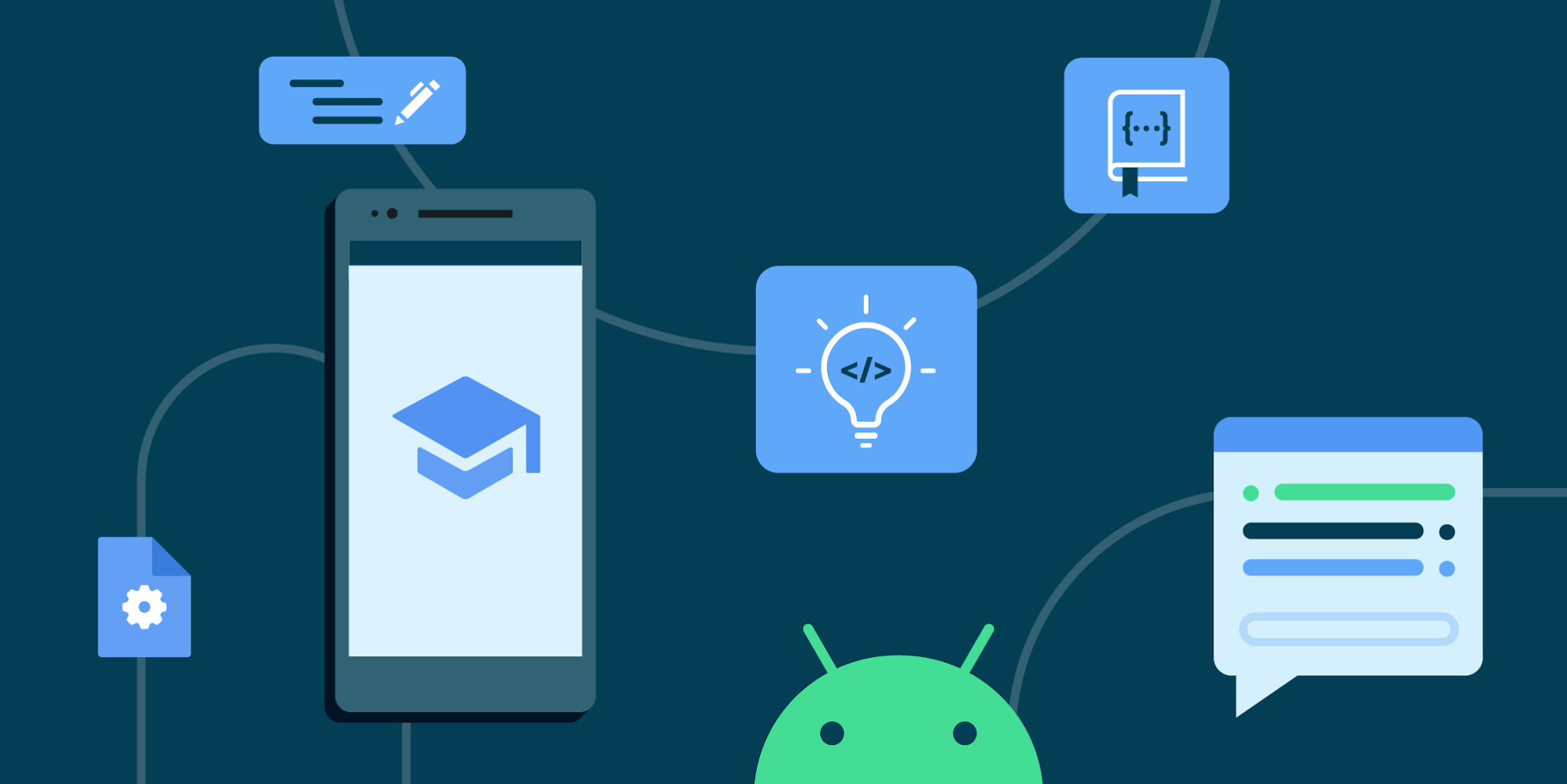10 Essential Topics to Learn Android Programming

Categories:
2 minute read
We asked the Gemini artificial intelligence application, which is available with Android Studio Jellyfish, about what steps need to be achieved to learn Android Programming. We wanted to share the answers we received with you in this article.
Set Up Your Development Environment
Install Android Studio. Install the Android SDK. Create a new Android project.
Learn the Basics of Kotlin
Kotlin is the recommended programming language for Android development. Start with the basics of Kotlin, such as variables, data types, operators, and control flow. Practice writing simple Kotlin programs.
Understand Android Architecture
Learn about the different components of an Android app, such as activities, fragments, and services. Understand the Android app lifecycle. Explore the Android manifest file.
Build Your First Android App
Create a simple Android app that displays a message on the screen. Add user interface elements, such as buttons and text fields. Handle user input and events.
Work with Layouts
Learn about different layout types in Android, such as linear layout, relative layout, and constraint layout. Create and customize layouts for your app.
Connect to the Internet
Learn how to make network requests and handle responses. Integrate APIs into your app.
Store and Retrieve Data
Learn about different data storage options in Android, such as SharedPreferences and SQLite. Store and retrieve data from your app’s database.
Test and Debug Your App
Use Android Studio’s built-in tools to test and debug your app. Run your app on different devices and emulators.
Publish Your App
Prepare your app for release. Create a Google Play Store listing. Publish your app on the Google Play Store.
Continue Learning
Android development is a vast field, so keep learning and exploring new topics. Follow Android blogs and communities to stay up-to-date with the latest trends and technologies.
Feedback
Was this page helpful?
Glad to hear it! Please tell us how we can improve.
Sorry to hear that. Please tell us how we can improve.